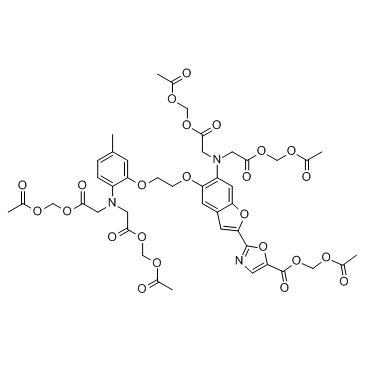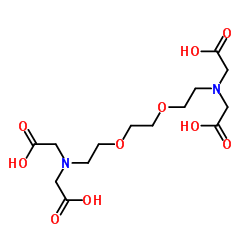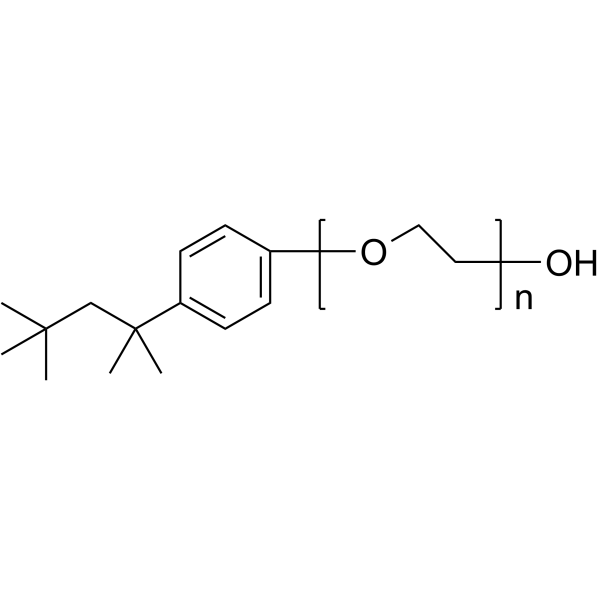| Structure | Name/CAS No. | Articles |
|---|---|---|
 |
sucrose
CAS:57-50-1 |
|
 |
Fura-2, AM
CAS:108964-32-5 |
|
 |
magnesium sulfate
CAS:7487-88-9 |
|
 |
EGTA
CAS:67-42-5 |
|
 |
Triton X-100
CAS:9002-93-1 |